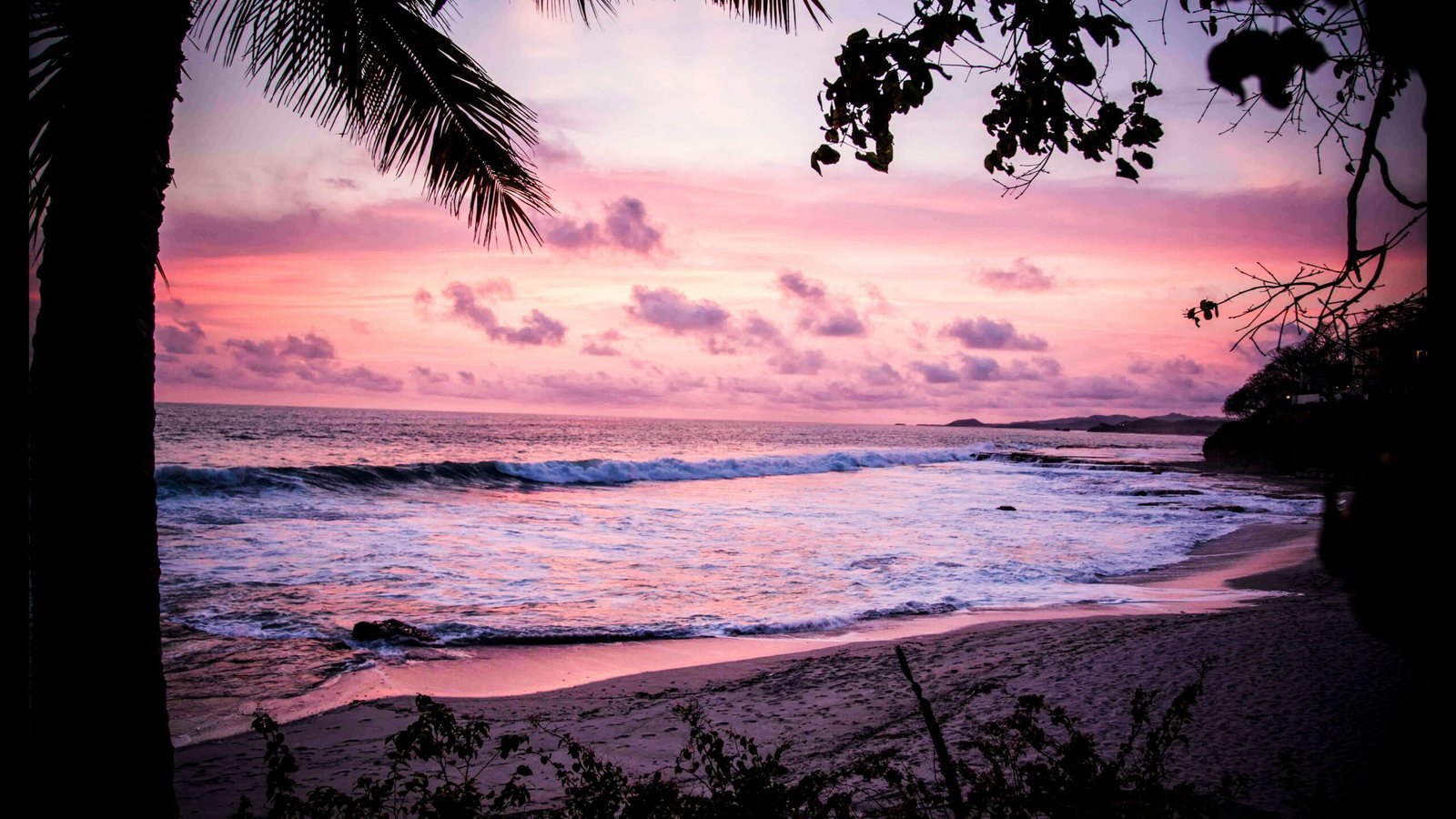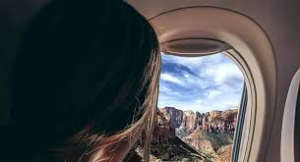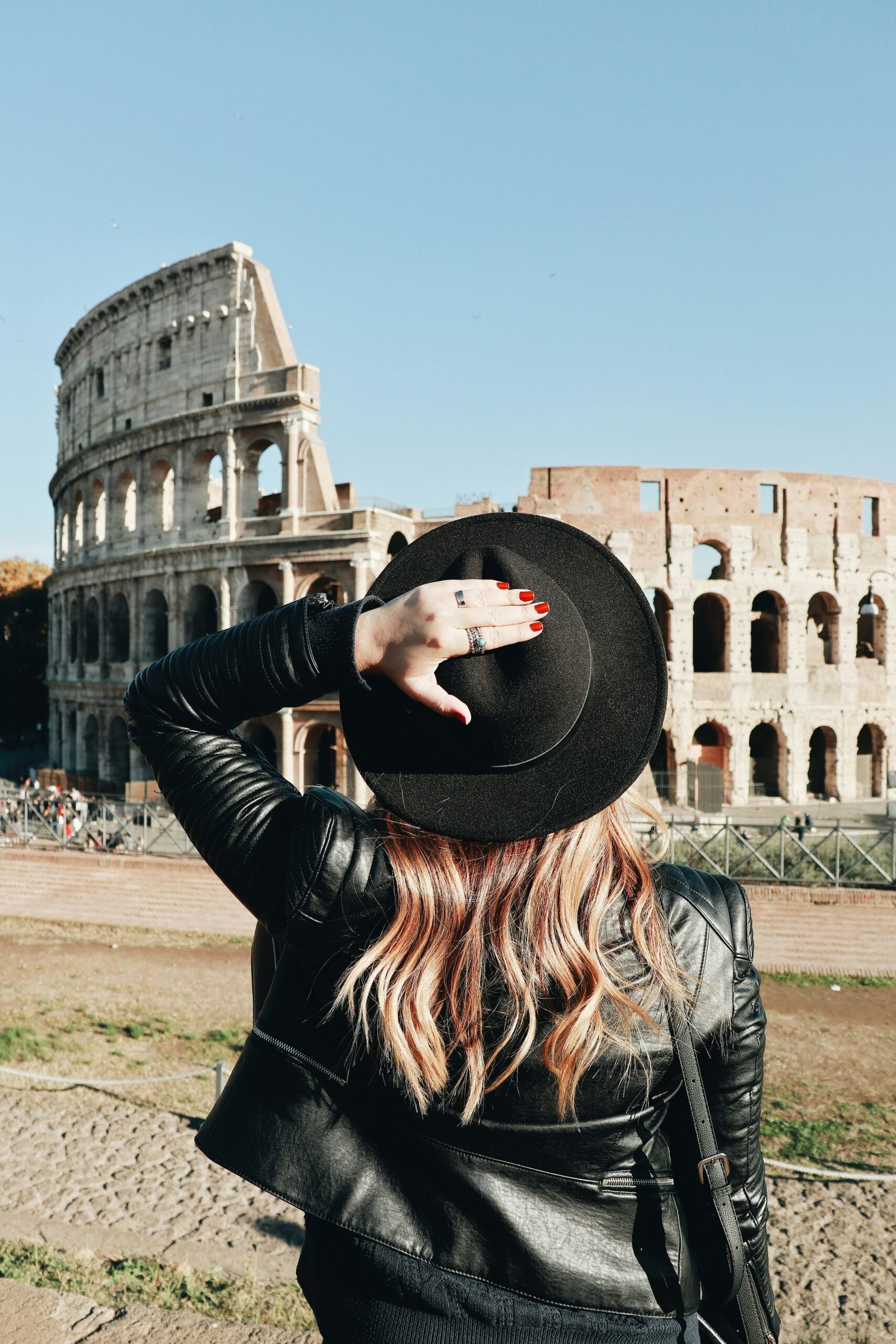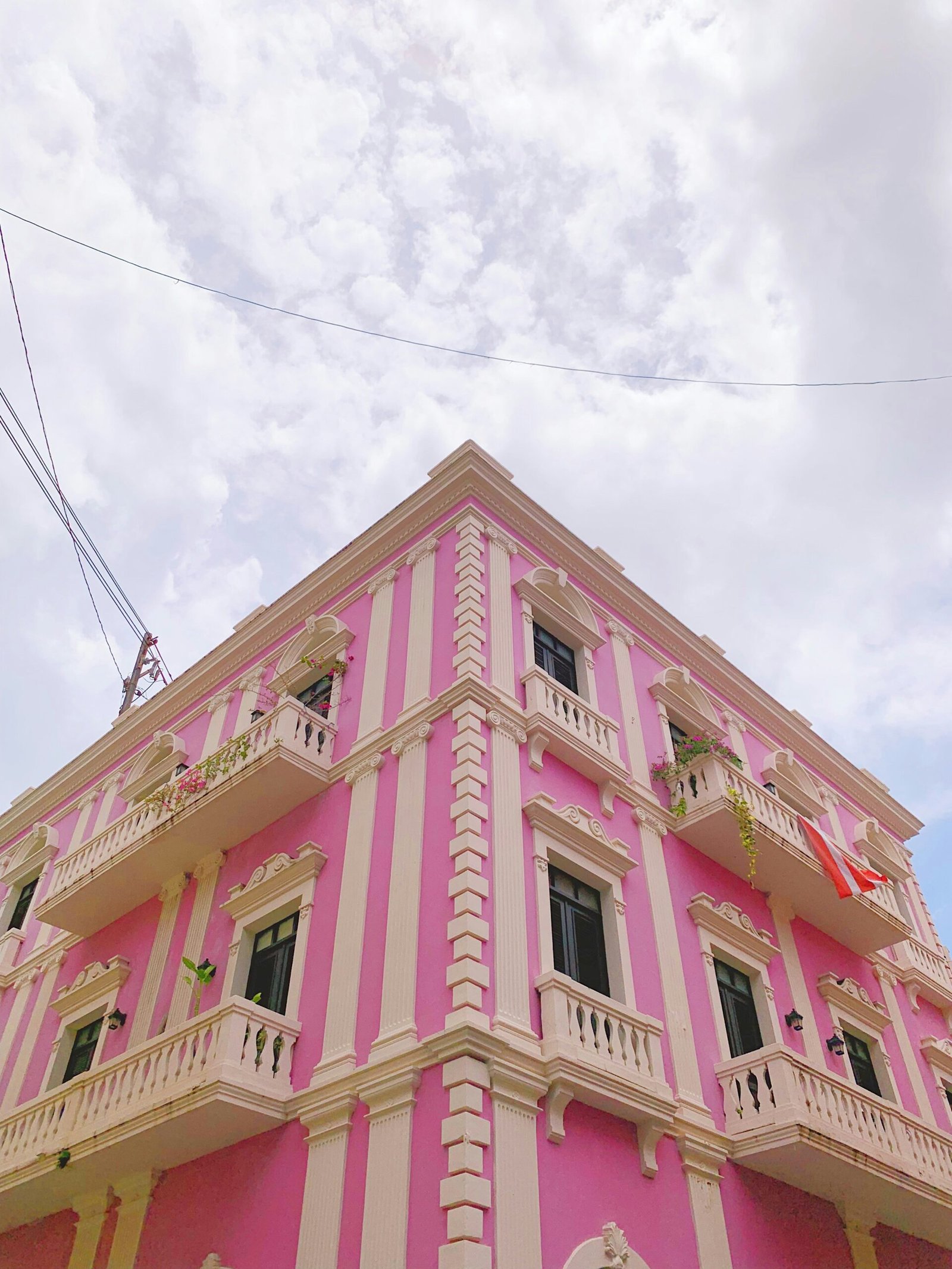
Introduction to Nicaragua: A Traveler’s Paradise
Nicaragua, often referred to as the “Land of Lakes and Volcanoes,” is a captivating destination that offers a rich tapestry of experiences for travelers. Nestled in Central America, this vibrant country is renowned for its diverse landscapes, which range from lush rainforests and pristine beaches to majestic volcanoes and serene lakes. Its unique blend of natural beauty and cultural richness makes it an ideal destination for those seeking an unforgettable adventure.
The history of Nicaragua is as intriguing as its geography. From the ancient indigenous civilizations to the Spanish colonial era and the revolutionary period of the 20th century, the country’s past is a mosaic of diverse influences. This historical depth is reflected in the architecture, traditions, and the warm hospitality of its people. Visitors can explore colonial cities like Granada and León, where cobblestone streets and historic buildings tell tales of bygone eras.
For those planning their trip, understanding the best time in Nicaragua to visit is essential. The country enjoys a tropical climate, with a distinct dry season from November to April and a wet season from May to October. The dry season is generally considered the best time to visit, offering sunny days perfect for beach outings, hiking, and exploring the rich biodiversity in national parks.
Travelers should also be aware of visa requirements. While citizens of many countries, including the United States, Canada, and the European Union, can enter Nicaragua without a visa for stays up to 90 days, it’s advisable to check the latest requirements before planning your trip. Additionally, basic travel advice such as ensuring vaccinations are up-to-date, taking precautions with food and water, and being mindful of local customs will enhance your travel experience.
Whether you’re a history buff, nature enthusiast, or cultural explorer, Nicaragua promises a wealth of experiences. This guide will help you make the most of your time in Nicaragua, providing a detailed itinerary to explore its many wonders.
Day 1-2: Exploring Managua
Beginning your journey in Nicaragua, the first two days in the capital city, Managua, provide a rich blend of cultural, historical, and recreational experiences. Start your exploration at the National Palace, a key landmark that houses the National Museum, offering insights into Nicaragua’s history and culture through its extensive collection of pre-Columbian artifacts, colonial-era relics, and art exhibits. Just a short walk away, you’ll find the Old Cathedral of Managua, an architectural marvel that stands as a testament to the city’s resilience, having survived numerous natural disasters.
After soaking in the historical ambiance, head to the vibrant Mercado Roberto Huembes. This bustling market is a treasure trove of local crafts, fresh produce, and traditional Nicaraguan cuisine. Sample local delicacies like “gallo pinto” or try a “quesillo,” a popular cheese-filled tortilla. The market also offers an authentic glimpse into daily life in Managua, making it a must-visit for any traveler looking to experience the local culture.
When it comes to dining, Managua does not disappoint. Consider visiting Los Ranchos for a taste of traditional Nicaraguan steak, or La Cocina de Doña Haydée for a more homestyle dining experience. For accommodations, options range from luxury hotels like the InterContinental Managua at Metrocentro Mall, offering modern amenities and central location, to charming boutique hotels such as Hotel Los Robles, known for its colonial-style decor and serene atmosphere.
Navigating Managua can be straightforward with a few tips. While taxis and ride-sharing services are readily available, renting a car might offer more flexibility for exploring at your own pace. The city layout is relatively easy to understand, but be mindful of traffic, especially during peak hours. Finally, always stay aware of your surroundings and keep your belongings secure to ensure a safe and enjoyable visit.
With a balanced mix of historical sites, cultural attractions, and local flavors, your first two days in Managua will set the stage for a memorable time in Nicaragua.
Day 3-4: Discovering Granada
Granada, often referred to as one of Nicaragua’s most picturesque cities, offers a blend of colonial charm, natural beauty, and vibrant culture. Begin your exploration of Granada with a visit to its iconic colonial architecture. Stroll through the cobblestone streets, marvel at the colorful facades, and visit landmarks such as the Granada Cathedral and the San Francisco Convent & Museum. These sites offer a glimpse into the city’s rich history and architectural heritage.
On the third day, make your way to the Mombacho Volcano. This dormant volcano, draped in lush cloud forest, provides opportunities for hiking and canopy tours. Trek along the trails that wind through the forest, offering spectacular views of the surrounding landscape. For the more adventurous, a canopy tour allows you to soar through the treetops, providing a unique perspective on the area’s natural beauty.
The Islets of Granada, a collection of small islands scattered across Lake Nicaragua, are another must-visit. Opt for a boat tour to navigate these islets, where you can observe local wildlife, visit private estates, and even stop at a small fortress. The boat tour is an ideal way to appreciate the tranquil beauty of the lake and its surroundings.
Granada’s local markets are a treasure trove of culture and cuisine. Spend some time exploring the bustling stalls, where you can purchase handmade crafts, sample local fruits, and savor traditional Nicaraguan dishes. Don’t miss trying vigorón, a popular street food made with yucca, pork rinds, and cabbage salad.
As for accommodations, Granada offers a range of options, from charming boutique hotels in restored colonial buildings to budget-friendly hostels. Try to stay within the historic center to fully immerse yourself in the city’s atmosphere. For dining, options abound, with restaurants offering everything from traditional Nicaraguan fare to international cuisine.
Granada’s nightlife is vibrant and diverse. Head to Calle La Calzada, a lively street lined with bars and restaurants, where you can enjoy live music, dance, and mingle with locals and fellow travelers. Whether you’re sipping cocktails at a rooftop bar or dancing the night away, Granada promises an unforgettable experience.
Day 5-6: Adventure in León
When planning your time in Nicaragua, dedicating two days to the historic city of León is essential. León, a city teeming with revolutionary history and an artistic vibe, offers a wealth of attractions that cater to a variety of interests. Begin your exploration with a visit to the awe-inspiring León Cathedral, also known as the Basilica of the Assumption of the Blessed Virgin Mary. This UNESCO World Heritage site, famed for its stunning architecture and panoramic views from the rooftop, is a must-see for any traveler.
Next, immerse yourself in the rich revolutionary history at the Museum of the Revolution. Located in a former government building, the museum is run by veterans of the Sandinista Revolution who offer personal anecdotes and insights into Nicaragua’s turbulent past. The displays, photos, and memorabilia provide a profound understanding of the country’s history and the spirit of its people.
No trip to León is complete without an adventurous excursion to the nearby Cerro Negro volcano. This active volcano is a popular spot for sandboarding, an exhilarating activity that involves descending the steep slopes on a specially designed board. The hike up Cerro Negro is challenging but rewarding, with breathtaking views of the surrounding landscape.
As you explore León, take time to appreciate the vibrant street art and murals that adorn the city. These colorful artworks often depict scenes from the revolution and aspects of Nicaraguan culture, adding to the city’s unique charm. For dining, indulge in the local cuisine at one of León’s many eateries. Try traditional dishes such as “gallo pinto” (rice and beans) and “quesillo” (cheese wrapped in a tortilla with pickled onions and cream), which offer a delicious taste of Nicaraguan flavors.
For lodging, León provides a range of options from budget-friendly hostels to more luxurious hotels. Staying in the city center allows easy access to the main attractions and a chance to soak in the lively atmosphere. Unique experiences like visiting local markets or attending a performance at the Teatro Municipal José de la Cruz Mena can further enrich your time in León.
Day 7-8: Relaxing in San Juan del Sur
As your journey through Nicaragua continues, the coastal town of San Juan del Sur offers an ideal setting for relaxation and recreation. Renowned for its stunning beaches and vibrant nightlife, San Juan del Sur is a favorite destination for both travelers and locals alike. The town’s charm lies in its ability to balance serenity with excitement, making it a perfect spot to unwind towards the end of your trip.
Begin your day with a leisurely stroll along the main beach of San Juan del Sur, where you can enjoy the soft sands and gentle waves. For those inclined towards water sports, this area is a haven for surfing enthusiasts. Playa Maderas, a short drive from the town center, is particularly popular due to its consistent waves and friendly surf schools catering to all skill levels. If surfing isn’t your forte, consider a day trip to Playa Hermosa or Playa Remanso for a more tranquil beach experience.
San Juan del Sur is also known for its wellness retreats, with numerous options for yoga classes that provide a peaceful escape from the hustle and bustle. Many resorts and yoga studios offer sessions that cater to beginners and advanced practitioners alike, often set against the backdrop of the picturesque coastline.
When it comes to accommodations, beachside options abound. Consider staying at one of the many beachfront hotels or boutique guesthouses that offer stunning ocean views and easy access to the town’s attractions. For a more luxurious experience, resorts like Pelican Eyes Resort & Spa provide a blend of comfort and elegance, ensuring a memorable stay.
As the sun begins to set, head to one of the numerous seafood restaurants that dot the shoreline. Indulge in fresh lobster, shrimp, and other local delicacies while enjoying the breathtaking sunset views. Notable dining spots include El Timon and La Lancha, both offering exquisite meals and a relaxed atmosphere.
The nightlife in San Juan del Sur is a vibrant tapestry of lively bars and beachside parties. Venues like Arribas and The Loose Moose are popular among visitors looking to dance the night away. For a more laid-back evening, consider a visit to one of the local bars where you can sip on a cocktail and mingle with fellow travelers.
By the end of these two days, you will have experienced the perfect blend of relaxation, adventure, and cultural immersion, making your time in Nicaragua truly unforgettable.
On days 9 and 10 of your Nicaraguan adventure, the enchanting Ometepe Island beckons, a unique destination formed by two majestic volcanoes, Concepción and Maderas. Ometepe, a gem in Lake Nicaragua, offers a blend of natural beauty, adventure, and relaxation, making it an essential part of your time in Nicaragua.
Day 9: Concepción Volcano and Ojo de Agua
Begin your exploration with a hike up Concepción Volcano, an active stratovolcano standing at 1,610 meters. This challenging trek rewards you with panoramic views of the island and lake. Ensure you have a local guide, as the trails can be strenuous and require expertise. Post-hike, unwind at the Ojo de Agua spring, a natural pool fed by an underground river. Its crystal-clear waters are perfect for a refreshing dip, offering a serene contrast to your earlier exertion.
Day 10: Maderas Volcano and Petroglyphs
Day 10 introduces the Maderas Volcano, a dormant volcano known for its biodiversity and mystic cloud forest. The hike to the summit is less demanding than Concepción but equally rewarding, featuring a crater lake at the top. Along the trails, discover Ometepe’s rich cultural history through its petroglyphs, ancient rock carvings that narrate stories of the island’s indigenous past.
Transportation and Accommodation
Transportation on Ometepe is straightforward. Ferries run regularly from San Jorge on the mainland to Moyogalpa and San José del Sur on the island. Once on the island, bicycles and scooters are popular means of getting around, providing flexibility to explore at your own pace. For accommodations, consider eco-lodges or guesthouses that offer a blend of comfort and local charm. Options range from budget-friendly hostels to more upscale lodges, ensuring a fit for every traveler.
Local Eateries and Relaxation
Ometepe’s culinary scene is a delightful fusion of traditional Nicaraguan flavors and fresh island ingredients. Local eateries, known as comedores, offer delicious meals such as gallo pinto, fresh fish, and tropical fruits. For relaxation, consider kayaking on Lake Nicaragua’s tranquil waters or cycling around the island, offering a leisurely way to soak in the scenic views and local culture.
Spending time in Nicaragua is incomplete without visiting Ometepe Island. Its natural beauty, combined with diverse activities and cultural experiences, makes it a highlight of any travel itinerary.
Day 11-12: Nature and Adventure in Matagalpa
As you continue your journey through Nicaragua, the Matagalpa region offers a refreshing blend of lush landscapes and rich cultural experiences. Known for its verdant coffee plantations and eco-tourism opportunities, Matagalpa promises an immersive connection with nature and sustainability.
Begin your exploration with a guided coffee tour, a hallmark of the region. Coffee enthusiasts will appreciate visiting local plantations where you can learn about the entire process, from bean to cup. Many tours include tastings that highlight the distinct flavors of Matagalpa’s renowned brews. One highly recommended spot is Selva Negra, a sustainable farm and eco-lodge that not only offers coffee tours but also showcases the importance of environmental stewardship.
Speaking of Selva Negra, this eco-lodge is more than just a place to stay. Nestled amid a cloud forest, it provides a range of activities that bring you closer to nature. Engage in nature hikes that take you through dense forests, offering opportunities for bird-watching and wildlife spotting. The trails are well-marked and cater to various skill levels, making them accessible for all adventurers. As you walk, keep an eye out for colorful birds, including toucans and hummingbirds, which are abundant in this rich habitat.
If you’re interested in delving deeper into conservation efforts, visiting natural reserves like Cerro Apante and Reserva Natural Cerro Arenal is highly recommended. These reserves protect diverse ecosystems and provide serene settings for hikes and peaceful contemplation. The panoramic views from the summit of Cerro Apante are particularly breathtaking, offering a sweeping vista of Matagalpa’s rolling hills and valleys.
To round out your time in Matagalpa, explore the local markets where you can find artisanal crafts, fresh produce, and regional delicacies. These markets are a great way to engage with the community and support local economies. Whether you’re purchasing handmade souvenirs or sampling exotic fruits, the markets offer a vibrant taste of Nicaraguan culture.
Matagalpa stands out as a region that champions eco-tourism and sustainable travel practices. Its dedication to preserving natural beauty while fostering community involvement makes it an essential stop on your itinerary. Embrace the tranquility and adventure that await in this verdant paradise.
Conclusion: Reflecting on Your Nicaraguan Adventure
As you conclude your time in Nicaragua, it’s essential to reflect on the myriad experiences that have made your journey unforgettable. From the vibrant colonial streets of Granada to the serene shores of Ometepe Island, each moment has contributed to a tapestry of memories that will linger long after your return home. Whether you have explored the rich cultural heritage of León, delved into the lush rainforests of Bosawás, or surfed the waves in San Juan del Sur, Nicaragua offers a diverse array of experiences that cater to every type of traveler.
We encourage you to share your stories, photos, and tips with fellow adventurers. Your insights can be invaluable for future travelers planning their own time in Nicaragua. Social media platforms, travel forums, and personal blogs are excellent venues for sharing your experiences and connecting with a community of like-minded explorers. By doing so, you not only enrich your own journey but also contribute to the collective knowledge that makes travel so rewarding.
For those looking to plan their trip, numerous resources can assist in creating a seamless and enriching itinerary. Websites like the official Nicaragua Tourism Board and various travel guides provide comprehensive information about destinations, accommodations, and activities. Additionally, local tour operators offer tailored experiences that can enhance your understanding and appreciation of Nicaragua’s unique cultural and natural landscapes. Contacting these experts can provide you with insider knowledge and access to hidden gems that might otherwise be overlooked.
Your time in Nicaragua is sure to leave a lasting imprint, characterized by the warmth of its people, the beauty of its landscapes, and the richness of its traditions. As you carry these memories forward, may they inspire you to continue exploring the wonders of our world. Nicaragua, with its blend of adventure, culture, and natural splendor, stands as a testament to the remarkable experiences that await those willing to venture off the beaten path.
FAQs on Time in Nicaragua
1. What is the time zone in Nicaragua?
Nicaragua operates on Central Standard Time (CST), which is UTC-6. The country does not observe Daylight Saving Time, so the time remains consistent throughout the year.
2. What are the best times to visit Nicaragua?
The best time to visit Nicaragua is during the dry season, which runs from November to April. This period offers pleasant weather with less rain, making it ideal for outdoor activities and exploring.
3. How should I adjust to the local time upon arrival?
To adjust to the local time, it is advisable to:
- Get plenty of sunlight during the day.
- Avoid napping for long periods upon arrival.
- Try to stay awake until local bedtime to help your body adjust more quickly.
4. Are there any significant holidays or events that could affect my travel plans?
Yes, there are several significant holidays and events in Nicaragua, including:
- Holy Week (Semana Santa) in March or April, where many businesses close and there are large processions.
- Independence Day on September 15, marked with parades and festivities.
- La Purísima in early December, celebrating the Immaculate Conception with religious events and celebrations.
5. How do business hours in Nicaragua compare to those in other countries?
Business hours in Nicaragua typically run from 8:00 AM to 5:00 PM, Monday through Friday. Some businesses may also open on Saturdays from 8:00 AM to 12:00 PM. However, during major holidays, many businesses might close or operate on reduced hours.
6. How can I keep track of the local time while traveling?
To keep track of local time while traveling:
- Use your smartphone, which will automatically adjust to local time if set to do so.
- Wear a travel watch set to the local time.
- Utilize time zone apps or world clock features on your smartphone.
7. What is the typical daily schedule like for locals in Nicaragua?
A typical daily schedule for locals in Nicaragua often includes:
- Early morning activities, starting around 6:00 AM.
- A midday break, especially during the hottest hours (siesta time).
- Evening activities, including dinner, usually around 7:00 PM to 8:00 PM.
8. Are there any time-related customs or etiquette I should be aware of?
Yes, it’s helpful to know:
- Punctuality may be more relaxed compared to Western standards, especially for social events.
- For business meetings, it’s best to arrive on time or slightly early.
9. How does the time zone impact my communication with people back home?
Since Nicaragua is in the CST time zone (UTC-6), you’ll need to account for the time difference when communicating with people back home. For example, if you are traveling from New York (EST, UTC-5 during standard time), there is typically a 1-hour difference.
10. Can I use public transportation at all times of the day?
Public transportation in Nicaragua typically operates from early morning (around 5:00 AM) to late evening (around 10:00 PM). However, schedules can vary, especially in rural areas, so it’s best to check local timetables.
By keeping these FAQs in mind, you can better plan your itinerary and make the most of your time in Nicaragua. Enjoy your trip!



